The Real Buddha Statues
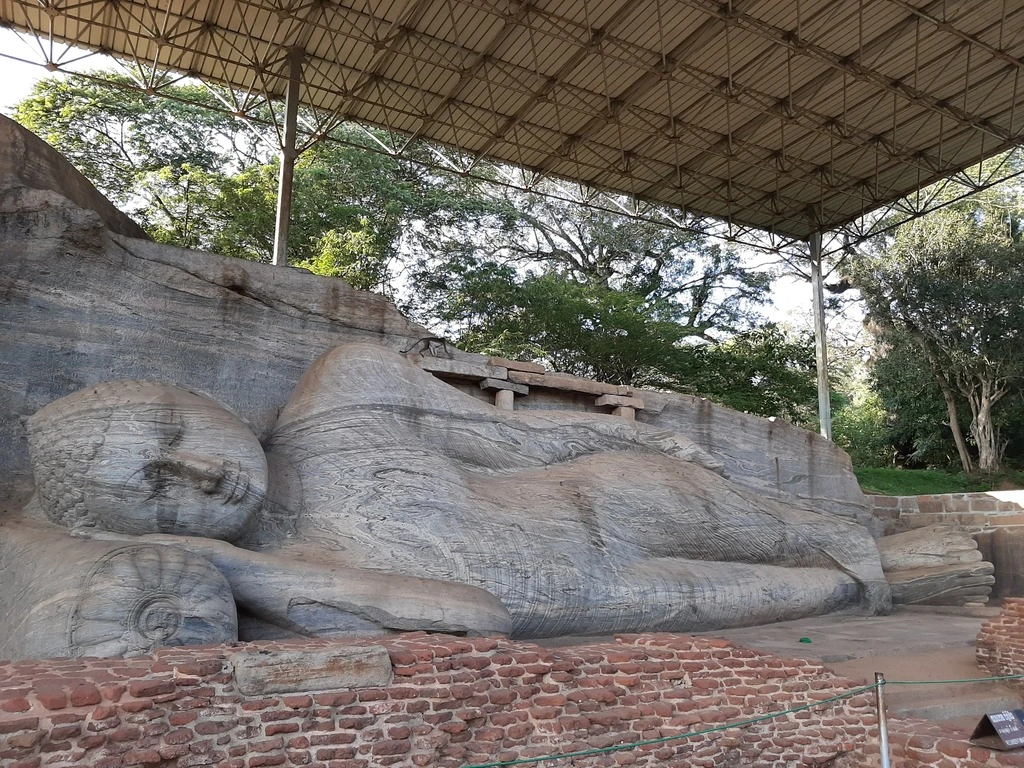
What qualities make up the real Buddha Statues?
There are certain qualities of a Buddha that makes one instantly recognizable from afar. There are many features that make the Buddha a Buddha besides the iconic drooping earlobes. From time to time, I see statues of the Buddha that are just not right. When you know the correct signs of The Buddha, you immediately know that something is wrong. While you cannot fool a Sri Lankan, you can fool others from all parts of the world. Some of these incorrect Buddhas have been donated here at Pa-Auk too! There are many features that are not correct in many different types of Buddhas, but today we will focus on the Head and the Feet.
Below are some incorrect signs I have noticed the most:
Combed hair tied up in a bun at the top
The bun at the top takes the place of the “wisdom bump”
The feet of the reclining Buddha are dangling in several directions
In contrast, the correct Buddha images should have the following qualities:
The hair will look like small snail-like curls
There will be a literal bump (Ushnisha) at the crown of the head to represent his wisdom.
The legs and feet will be perfectly aligned.
The Head of The Buddha
The bump on top of the head is called uṇhīsasīso in the Pāḷi language and it is part of the 32 marks of the Buddha (dvattiṃsa mahāpurisassa mahāpurisalakkhaṇāni). Below are other non-Pāḷi sources about the uṇhīsasīso.
The Ushnisha is the thirty-second of the 32 major marks of the Buddha. The thirty-second of these is that the Buddha has a fleshy or cranial protuberance at the top of his head. Later sets elaborate that this is covered with hairs that curl in the direction of the sun.
Ushnisha. The cranial bump (ushnisha) symbolizes the “expanded wisdom” the Buddha attained at the time of his enlightenment.
Hair. The Buddha’s hair is usually depicted in the form of “snail-shell” curls. Monks have shaven heads, but according to legend, when the Buddha cut his hair, the uncut portions snapped into these curls and he never had to cut his hair again.
from http://sites.asiasociety.org/education/AsianArt/slideshow.htm
Then he thought, “These locks of mine are not suited for a mendicant. Now it is not right for any one else to cut the hair of a future Buddha, so I will cut them off myself with my sword.” Then, taking his sword in his right hand, and holding the plaited tresses, together with the diadem on them, with his left, he cut them off. So his hair was thus reduced to two inches in length, and curling from the right, it lay close to his head. It remained that length as long as he lived, and the beard the same. There was no need at all to shave either hair or beard any more.
https://www.ancient-buddhist-texts.net/English-Texts/Jataka-commentary/JA-Nidana.htm
I recently asked my brother Adam for a picture of his hair. According to vinaya (the monk’s rules) the hair should be cut every month or when it reaches the length of 2 finger breadths (or sooner). We would probably make Adam shave his head regardless of his Buddha-like hair qualities. Sorry, Adam!
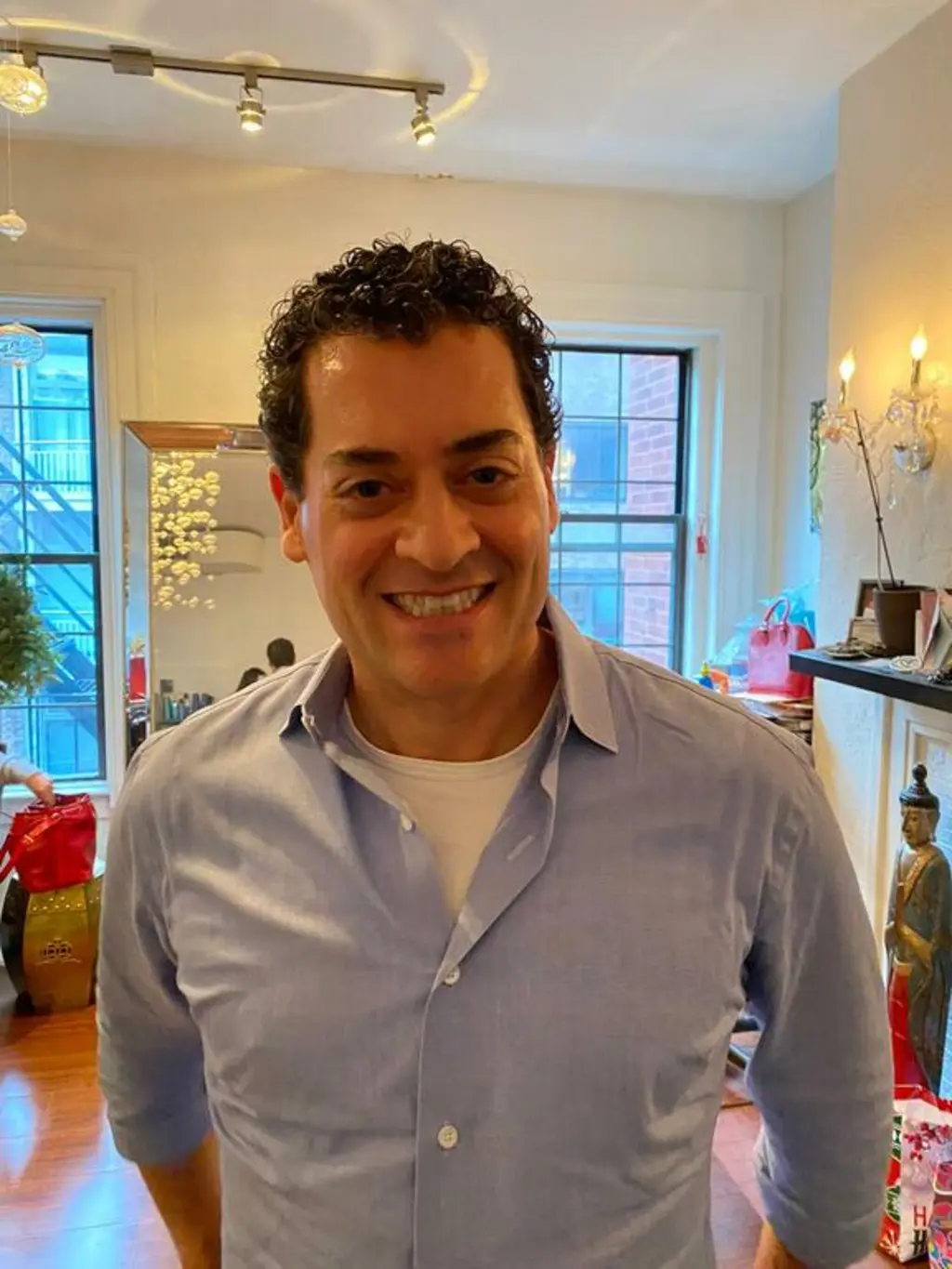
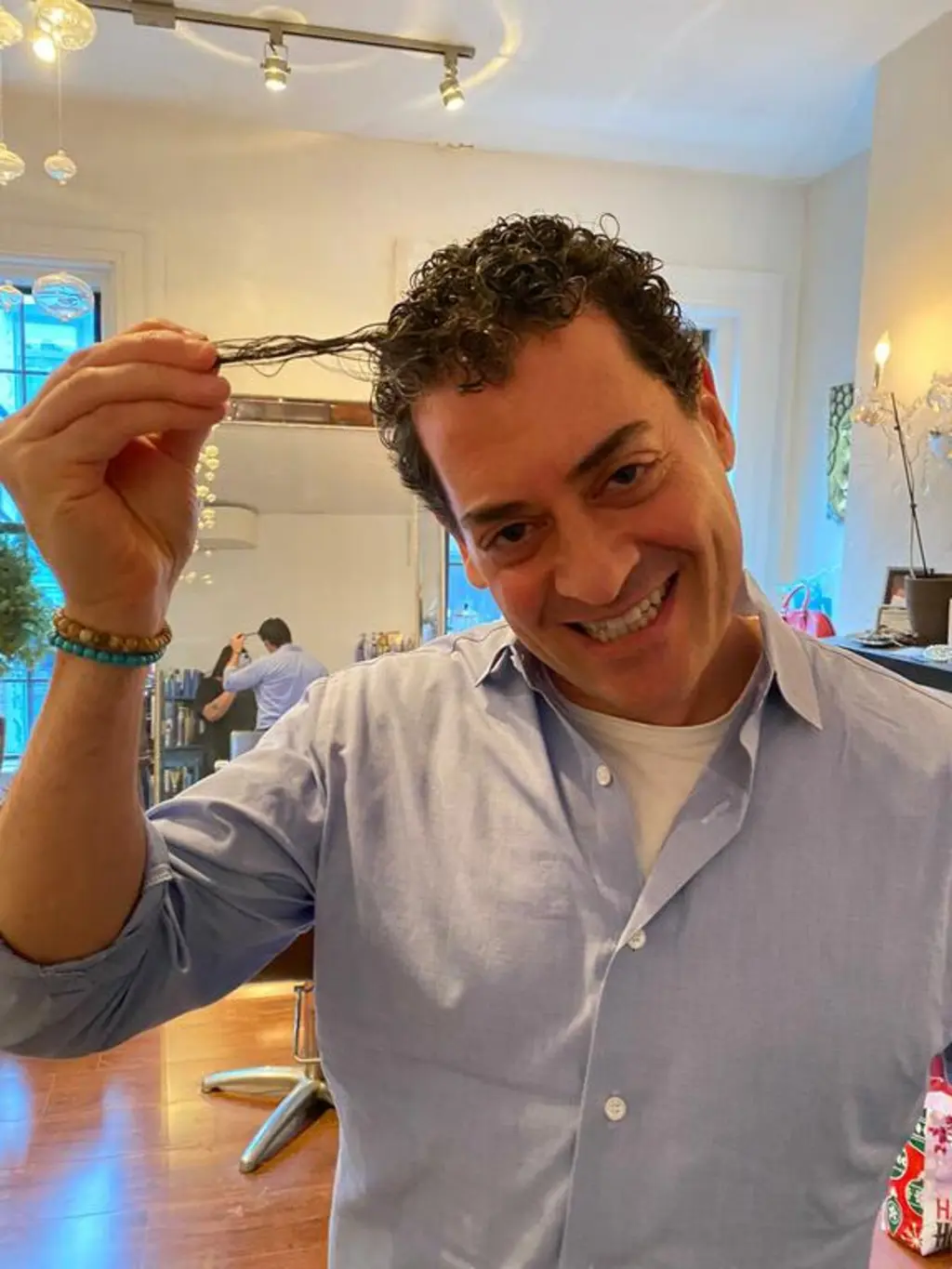
Here you will see a Buddha store in Yangon. The photo below the Buddha store is a closeup view of Buddhas with combed hair. While some of the first historical Buddhas ever produced had the hair in a bun, this was a wrong interpretation without research. Why would they knowingly sell the wrong Buddhas? Because people liked them with hair and requested it. After a while, they just made them because they sell. Money talks… and that is often the reason why we get the wrong Dhamma. On a side note.. did you know that the 3-foot marble Buddhas are only about $500 locally?
The Thai Buddhas almost always have a pointy head yet still has the proper “snail-like” tufts of hair. So what is that supposed to mean and is it “real”? The ushnishna is sometimes represented as a flame. They are also found to be flame-like sometimes in Burma as well.
Later on a second definition of Ushnisha was added, which was a flame that ascends from the middle of this protuberance.
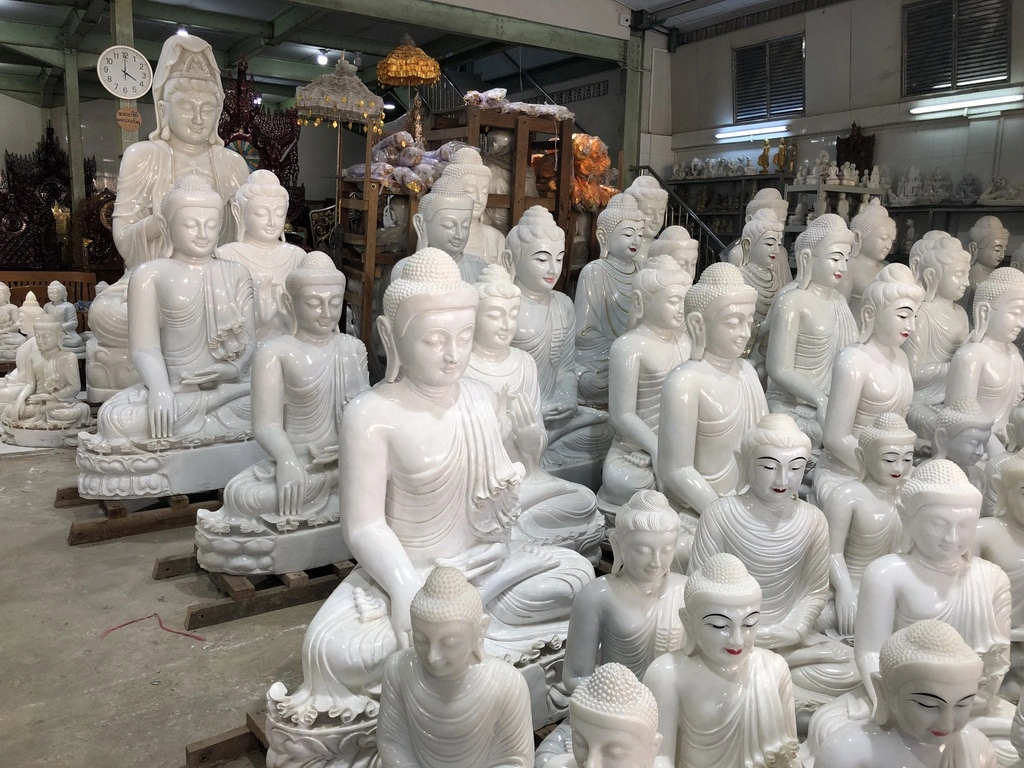
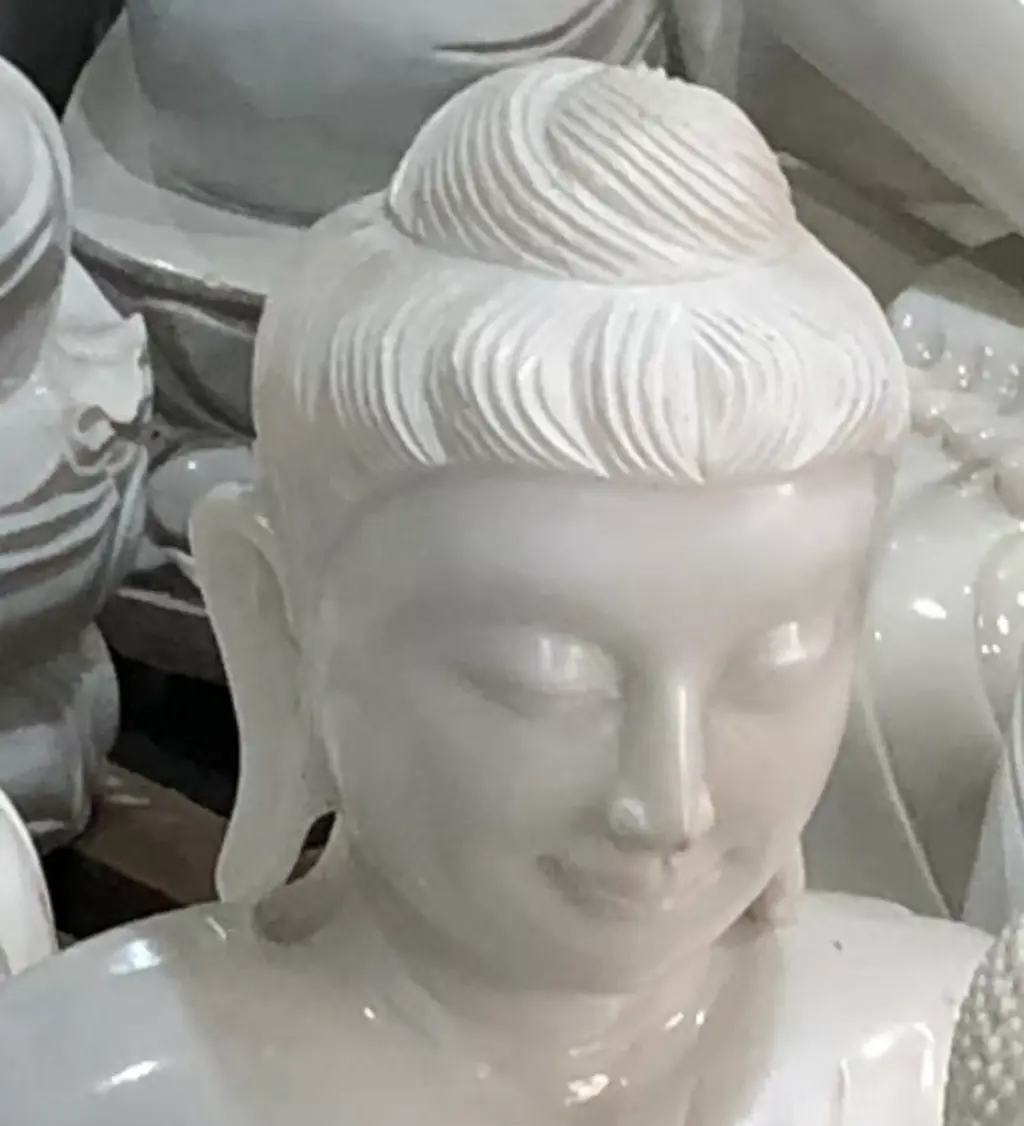
Nope.. Sorry.. this hair doesn’t cut it.
The Feet of the Reclining Buddha
The feet of the reclining Buddha are important. Without the proper position of the feet, we cannot know if it is an awake reclining Buddha, a sleeping Buddha or a Parinibbāna Buddha. Parinibbāna means the Final Attainment of Nibbāna and also the moment after his death. This is the ultimate goal of Nibbāna. To go nowhere after death and to not be reborn again, anywhere. One who attains Parinibbāna is not to be found.
So how to know which Reclining Buddha is which? The first picture has the feet and toes perfectly aligned. This is to represent that the Buddha is always mindful and perfected. The second picture shows a sleeping Buddha because although his eyes are closed, his toes are aligned. The third picture is the Parinibbāna Buddha because the toes are just a nudge off. If you go to the actual Parinibbāna shrine in India, you will see the toes are off just a smudge. You will also see a statue of a monk crying in the background. This is Venerable Ānanda who had attained only the first level of enlightenment at that time and before his full attainment just before the First Buddhist Council which would make crying impossible. An Arahant is sorrowless in the mind.
It was difficult to find a reliable source for the reclining Buddhas. However, Venerable Ānandajoti, who has taken thousands of Buddha pictures on his website https://www.photodharma.net/ , has spoken with an expert on the subject. He remembers being told that the feet slightly out of alignment indicates that it is Parinibbāna. However, English and Pāḷi sources are unknown. The expert said it is considered to be traditional or common knowledge in Sri Lanka. I was first told about the Parinibbāna toes by our Sri Lankan driver in 2009. The fact that the driver was a secular Muslim confirms it is common knowledge. Lastly, there are many Reclining Buddha statues that will back this up by themselves.
One small side note: Last year, in the fall of 2019, I was in a car with a donor and I was speaking about the Parinibbāna toes. My phone was on like most people and Google Assistant jumped into the conversation and said, “That is very interesting. How do you know that?” I swear, it totally freaked me out. I didn’t answer, although I should have asked.. “Who summoned you?”

Don’t worry, Buddha is alive and his eyes are open too. Look at his feet.

Sleeping (cc Ven Anandajoti https://www.flickr.com/photos/64337707@N07/39755915614)

Parinibbana Buddha. The toes are slightly off by a nudge.
Some other mentions are that the fingers should be long and all four of the fingers should be the same length. The feet should be flat-footed and the legs of the meditating Buddha should also be folded in a full lotus position. That said, most statues in Sri Lanka, have the half lotus posture.
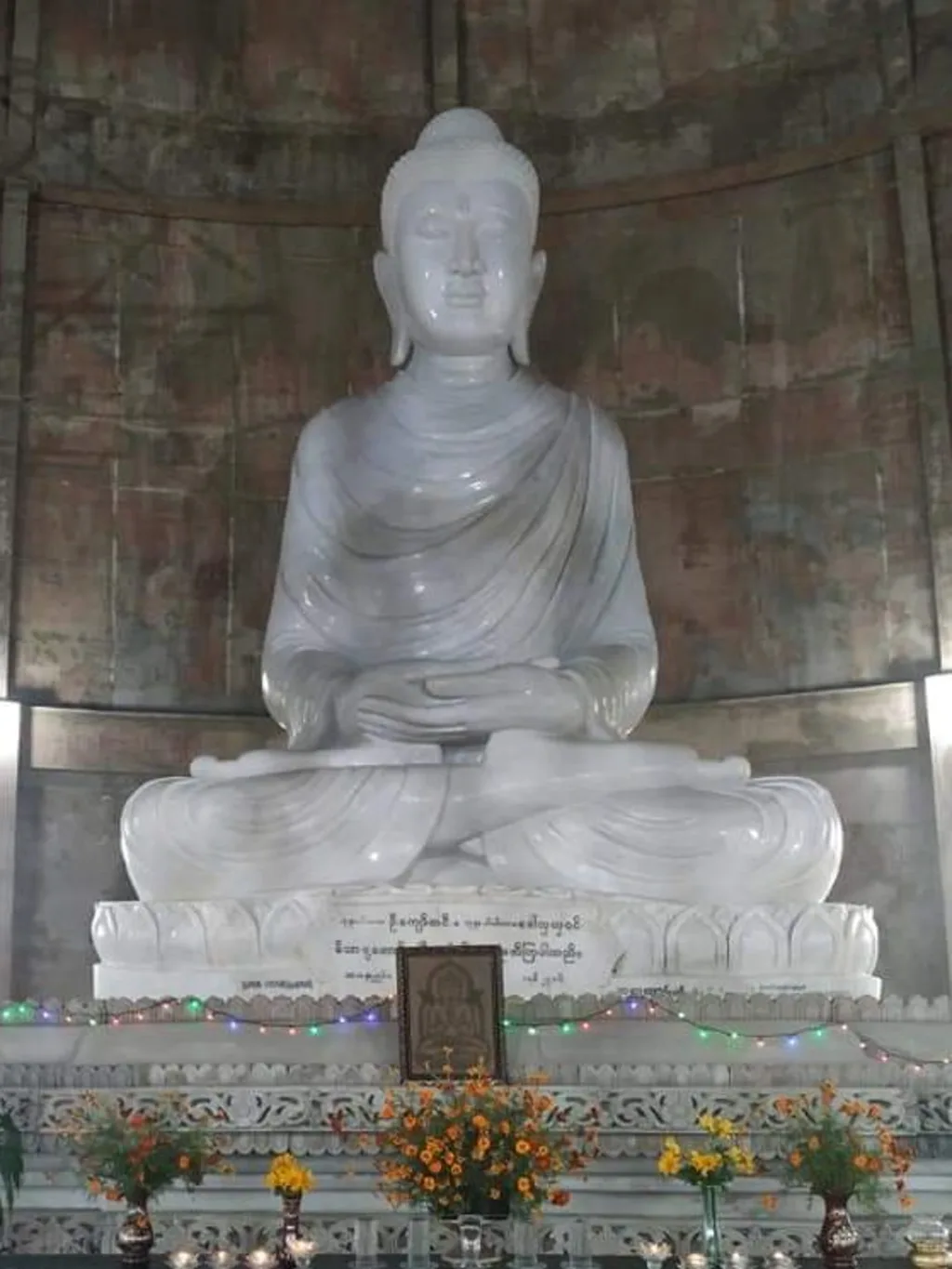
Proper legs feet and hands at Pa-Auk POL
Conclusion
So this is a small “buyers guide” to knowing what is the proper Buddha and not the proper Buddha. We need to be careful not to change the image of the Buddha too much to our own liking, similar to the Greeks adding hair to some of the first Buddha statues ever made. In the same way, monks of the West have been adding and removing things from Theravada Buddhism which might seem right on the surface, like adding hair, but in the end, it is not correct and we should follow things close to the textual explanations.
Click below to search subjects